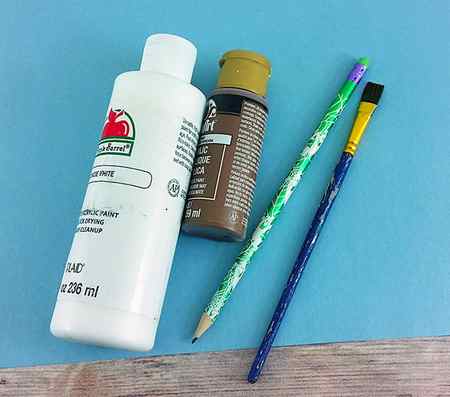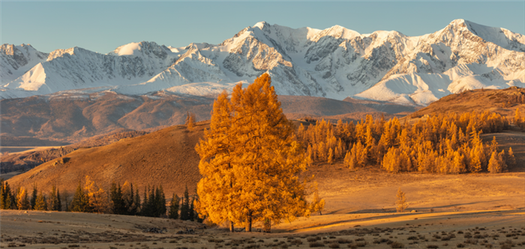See how I drew the shaft to look like it is twisting and wrapping on itself? This is to intensify the dead effects. Once this is done, you can begin drawing more limbs, and small branches that are connected to those limbs.
Tips for Sketching Trees


We just had a cold snap here in Colorado Springs, with night-time temperatures dipping below 40. Mornings have a crisp chill that makes it hard to get out of bed, and spots of gold and russet signal the beginning of Autumn. Nature is pointing us toward a quieter cycle, and a last chance to sketch deciduous trees before they drop their leaves for winter. It’s the perfect time to share some quick tips for sketching trees.

Cottonwoods and Mountain Ash, American Plum, Gambel Oak and Willow, and even the little Common Hoptree sapling in our yard will be putting on fall color soon. So while the days continue to warm into the 70s and low 80s, I get my kit and head down to the park.

I remember the first advice I got about sketching trees: “Don’t draw lollypop trees.” “Don’t try to draw every leaf.” That leaves (ha ha!) quite a bit of room for the unknown! So let’s back up a step to prepare for sketching by looking intentionally at different aspects of trees.

Start by finding a comfortable seat far enough from the tree so you can see all of it without moving your head. By asking productive questions, you can break the tree apart to understand it, then put all the pieces back together in a coherent way. Here are some questions to get you started:
- Can you pick one shape that represents the tree? Maybe it’s a diamond or a cone, a sphere or even a cube. The shape of the tree may be typical for its species.
- Is the tree in direct sunlight or shade? How do the shadows create the three-dimensional form of the tree? How might they change in the next 15 minutes? The next hour?
- How does the tree grow? Working from the roots and trunk upward, how do the main branches divide from the trunk, and what are those branches like? How many branches can you see peeking through the leaves or needles? Is the trunk single or double? Is it straight, gnarled, split?
- What shapes do the leaves or needles make as they form clumps along the branches? Cones? Cubes? Spheres? Can you see individual leaves? What shapes are the leaves? Leaf shape is also a way to identify a tree species, so you might want to sketch the leaves separately.
- What’s unique about this tree? Are there interesting bits of sky visible between leaves or branches? Does the tree have a cavity or a nest?
- What do you love about the tree? Something drew you to this spot. What was it?
You can start to record your observations at any point, just know that you’ll want to make adjustments while you work. Start with a light touch in pencil or pen, then reinforce the lines as you work. I like to create an “envelope” based on the ratio of the tree’s height to width. I draw the envelope first, then cut in the overall shape of the tree. Inside the shape, I place the landmarks I’ve observed. These landmarks are essential for getting the details in the right places. There’s a time-lapse video at the end of this post that shows my process.

Deciduous trees offer us that last beautiful gasp of color before they drop their leaves in the fall. The golds and yellows we get here in Colorado won’t peak for another week or two. But I know that bare branches are just around the corner, and just as fun to sketch!
Step 2.

Let’s begin shall we? Start by drawing a few wire like lines to create a frame for the old, decrepit dead tree that you are about to draw.
Step 3.

You will now begin sketching out the base of the tree trunk like you see here. Old tress have thick, wide bases, with clawing roots spreading from the bottom.
Step 4.

Instead of sketching out more of the dead trees limbs, you will begin sketching in the detailing and definition like you see here.


